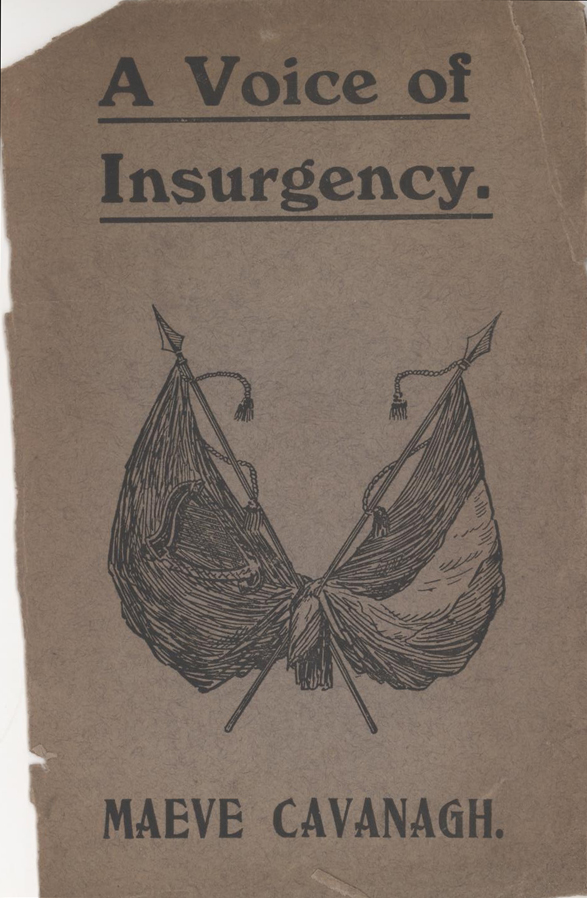 Are you looking for market research reports? BCC’s market research reports explore major economic, scientific, and technological developments in industrial, healthcare, pharmaceutical, and high technology organizations. Industry analysis and market forecasts for advanced materials, high-tech systems and components, nanotechnology and novel processing methods are at the forefront of the company’s expertise.
Are you looking for market research reports? BCC’s market research reports explore major economic, scientific, and technological developments in industrial, healthcare, pharmaceutical, and high technology organizations. Industry analysis and market forecasts for advanced materials, high-tech systems and components, nanotechnology and novel processing methods are at the forefront of the company’s expertise.
BCC Research provides the ability to download the report’s table of contents, a product brochure with short descriptions on what the report covers or the entire report. (Saving reports works better than opening in browsers).
Features include:
- Just Released: see the most recently published reports by categories
- Upcoming Reports: explore upcoming reports yet to be published and their target publish dates
- Most Popular: review the most downloaded BCC Research Reports
Bookmark BCC Research or access it via the Health Sciences Library website on the HSL Library Databases page.
If you have any questions, please contact Edith Starbuck at 513-558-1433 or edith.starbuck@uc.edu


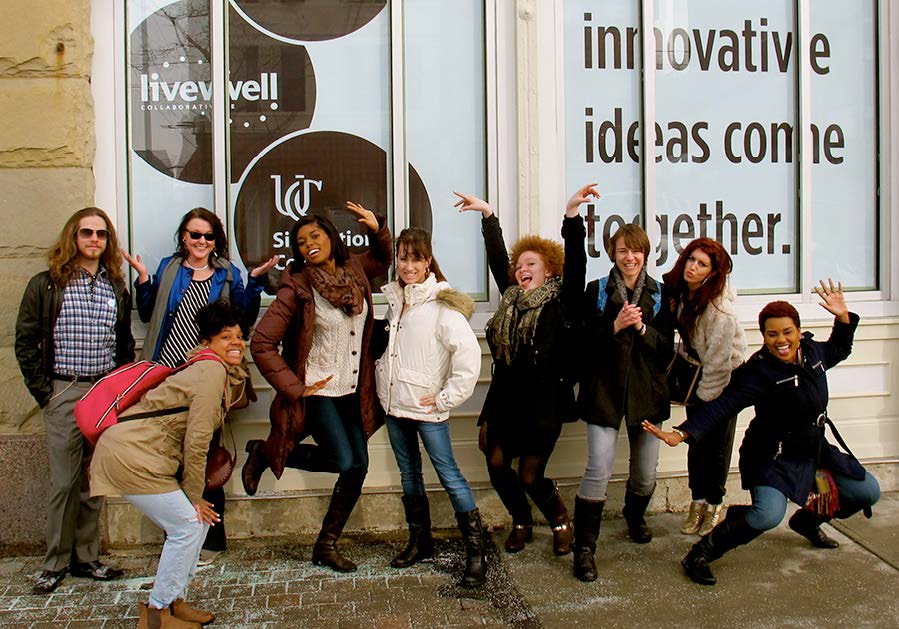 First offered in the fall of 2013 and then again in spring 2014, “Documenting a Fashion Icon: The UC Bonnie Cashin Collection” is a ‘test kitchen,’ hands-on course that incorporates trans-disciplinary inquiry and discourse, student crowd sourcing power, and Millennials’ innate love for technology, social media and images, to investigate, interpret, digitize and widely disseminate authoritative information about an important collection of garments (from the DAAP Historical Garments Collection) designed by Bonnie Cashin.
First offered in the fall of 2013 and then again in spring 2014, “Documenting a Fashion Icon: The UC Bonnie Cashin Collection” is a ‘test kitchen,’ hands-on course that incorporates trans-disciplinary inquiry and discourse, student crowd sourcing power, and Millennials’ innate love for technology, social media and images, to investigate, interpret, digitize and widely disseminate authoritative information about an important collection of garments (from the DAAP Historical Garments Collection) designed by Bonnie Cashin.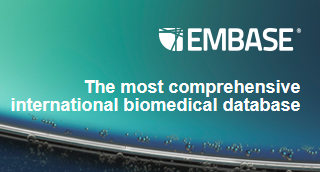 Brought to you by UC Libraries,
Brought to you by UC Libraries, 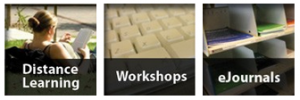 he left-side of the redesigned Health Sciences Library website are three images that link to a new guide for
he left-side of the redesigned Health Sciences Library website are three images that link to a new guide for 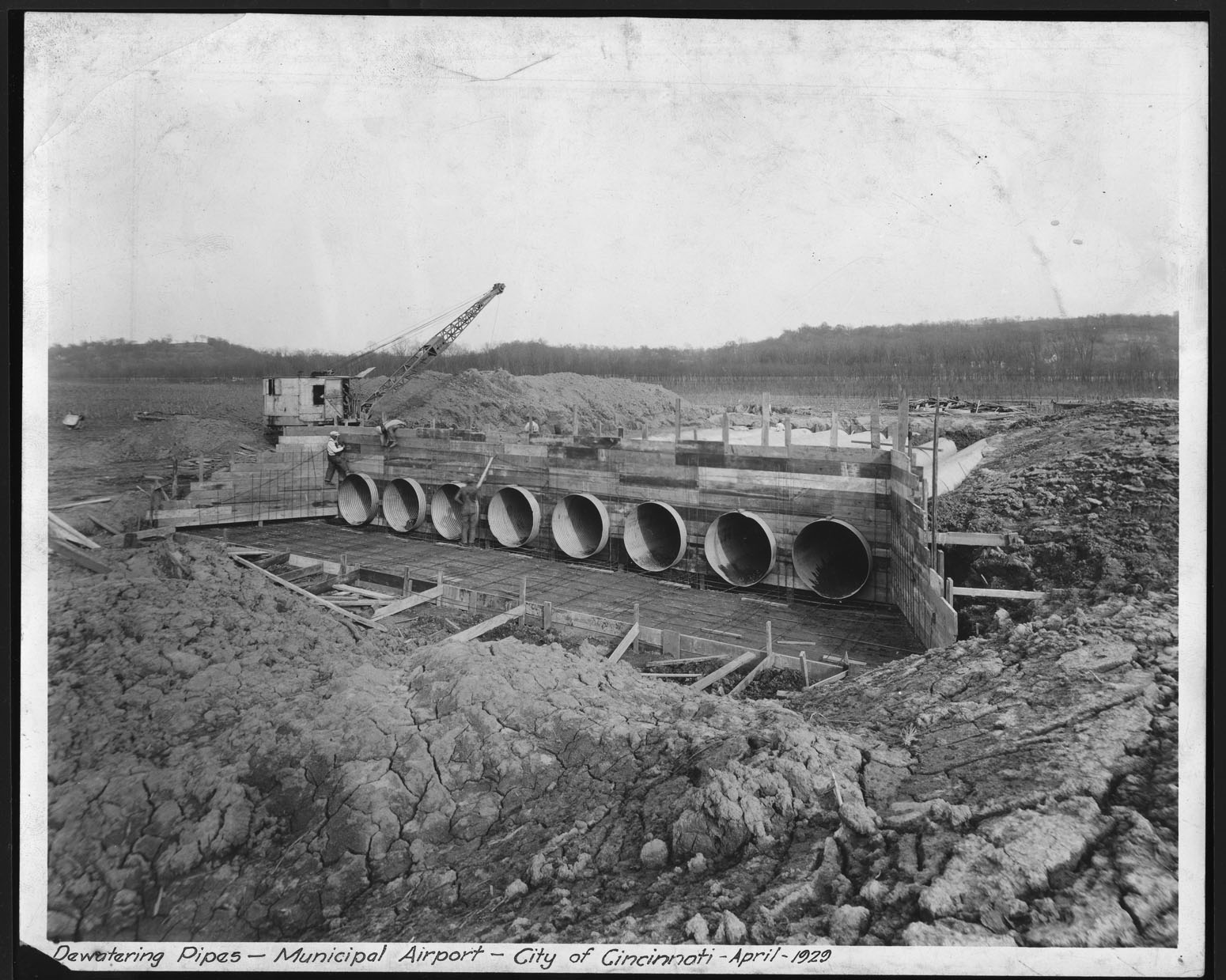 The University of Cincinnati Libraries have created a website and digital archive that provides access to the historic Cincinnati subway and street images, a collection of over 8,000 photographic negatives and prints taken as part of a failed subway development project in the 1920s, and photographs documenting various street projects from the 1930s through the 1950s.
The University of Cincinnati Libraries have created a website and digital archive that provides access to the historic Cincinnati subway and street images, a collection of over 8,000 photographic negatives and prints taken as part of a failed subway development project in the 1920s, and photographs documenting various street projects from the 1930s through the 1950s.